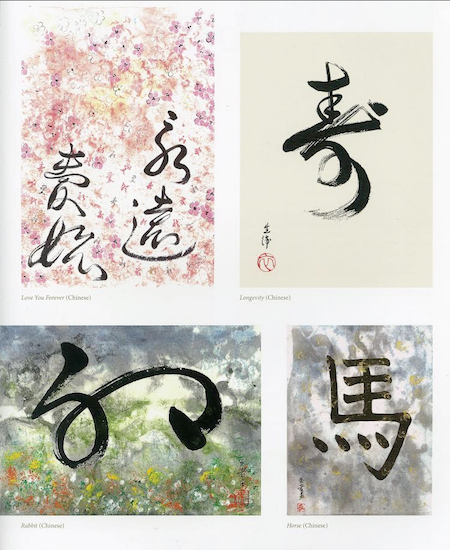Calligraphers are spotlighted in Brooklyn art prof’s new book
Brooklyn BookBeat

Cynthia Maris Dantzic, senior professor of visual arts at Long Island University Brooklyn and a Park Slope resident, has written nine art-related books. Among them are “100 New York Painters” and “100 New York Photographers,” but she’s really excited about her latest, “100 New York Calligraphers.”
There are lots of books about painters and photographers, she explains, but not that many about calligraphers or calligraphy. Dantzic, who grew up in Crown Heights and Flatbush, is a calligrapher herself. “When I was at Yale getting a BFA, it was required. I tried to get out of it, but they said it was very important, so I stayed, and seemed to have a knack for it,” she says.
Now she has been studying Chinese calligraphy for many years at the China Institute in Manhattan. “There are things you can do with a Chinese bamboo brush that you cannot do with any Western medium,” she says.

Brooklyn Boro
View MoreNew York City’s most populous borough, Brooklyn, is home to nearly 2.6 million residents. If Brooklyn were an independent city it would be the fourth largest city in the United States. While Brooklyn has become the epitome of ‘cool and hip’ in recent years, for those that were born here, raised families here and improved communities over the years, Brooklyn has never been ‘uncool’.